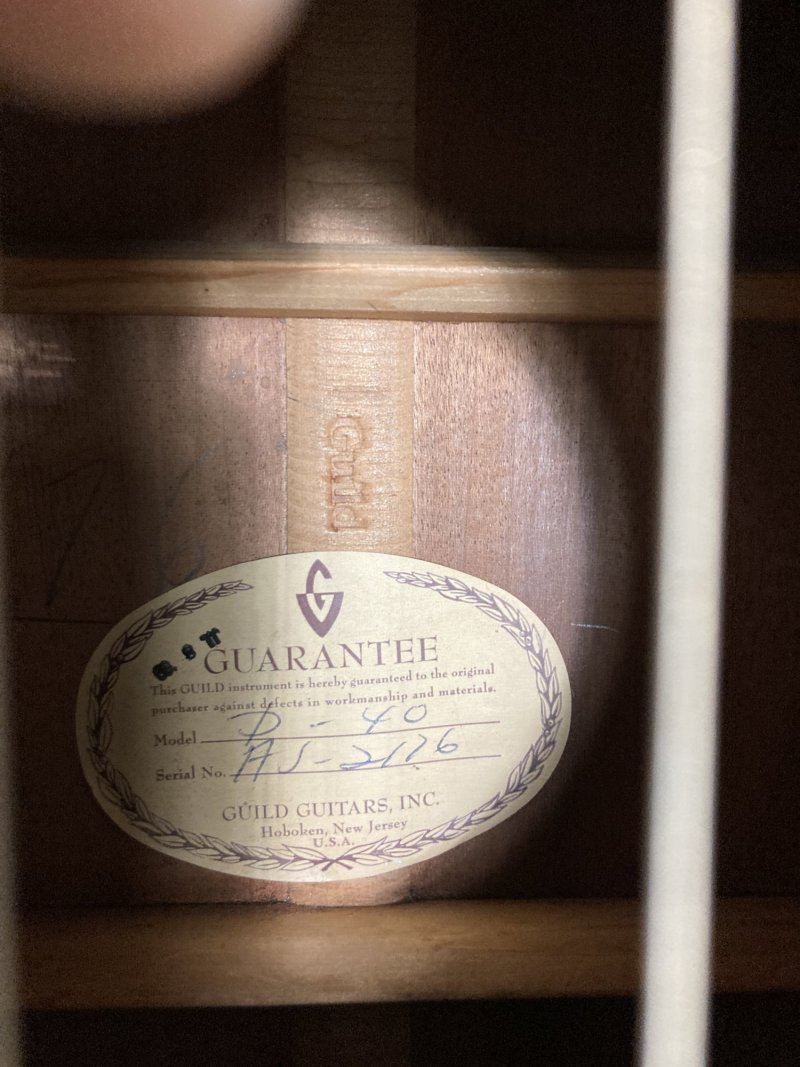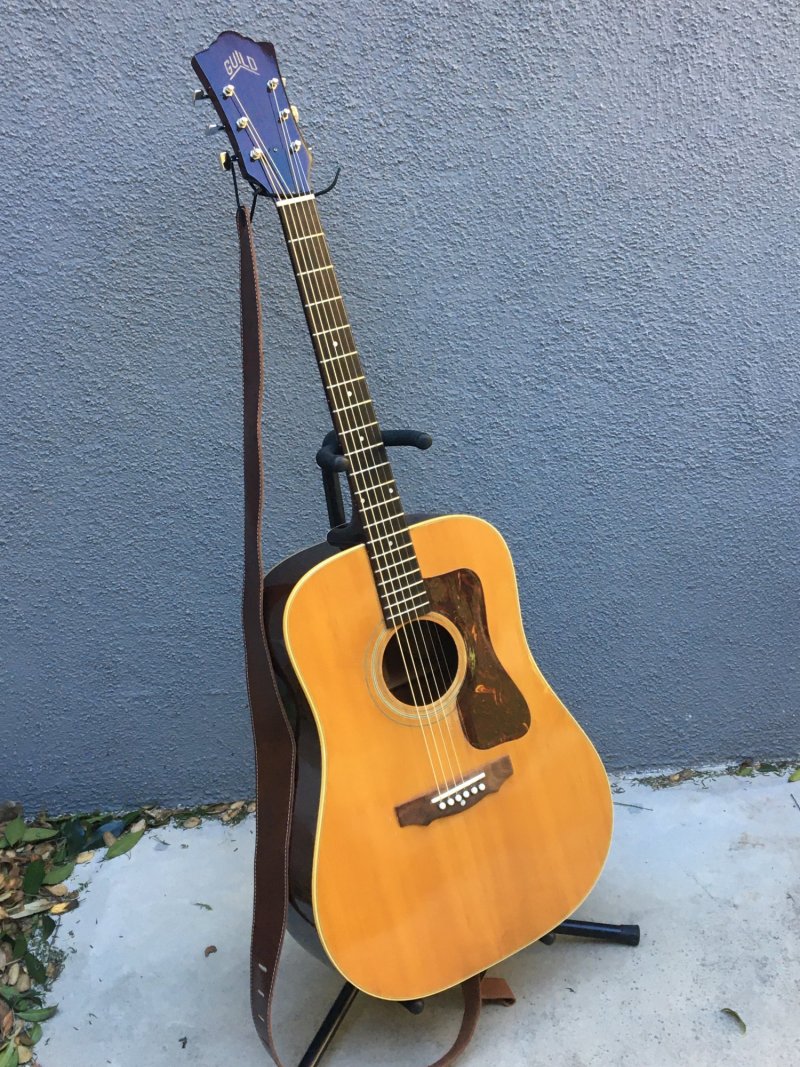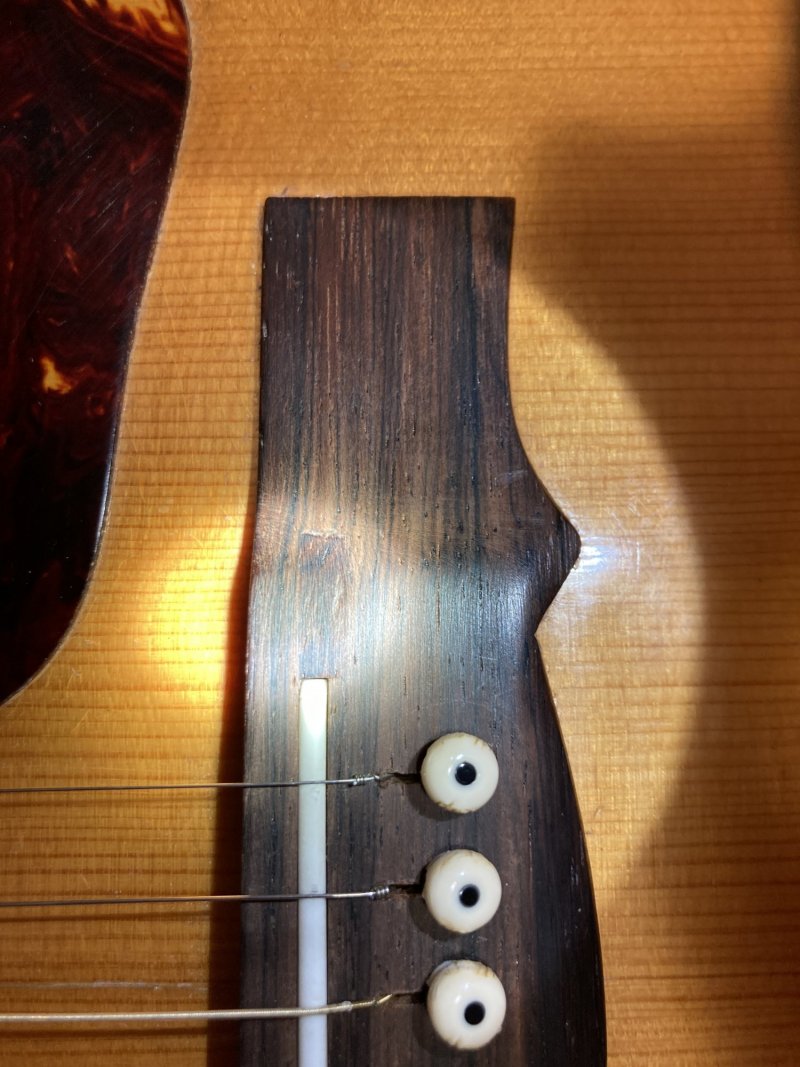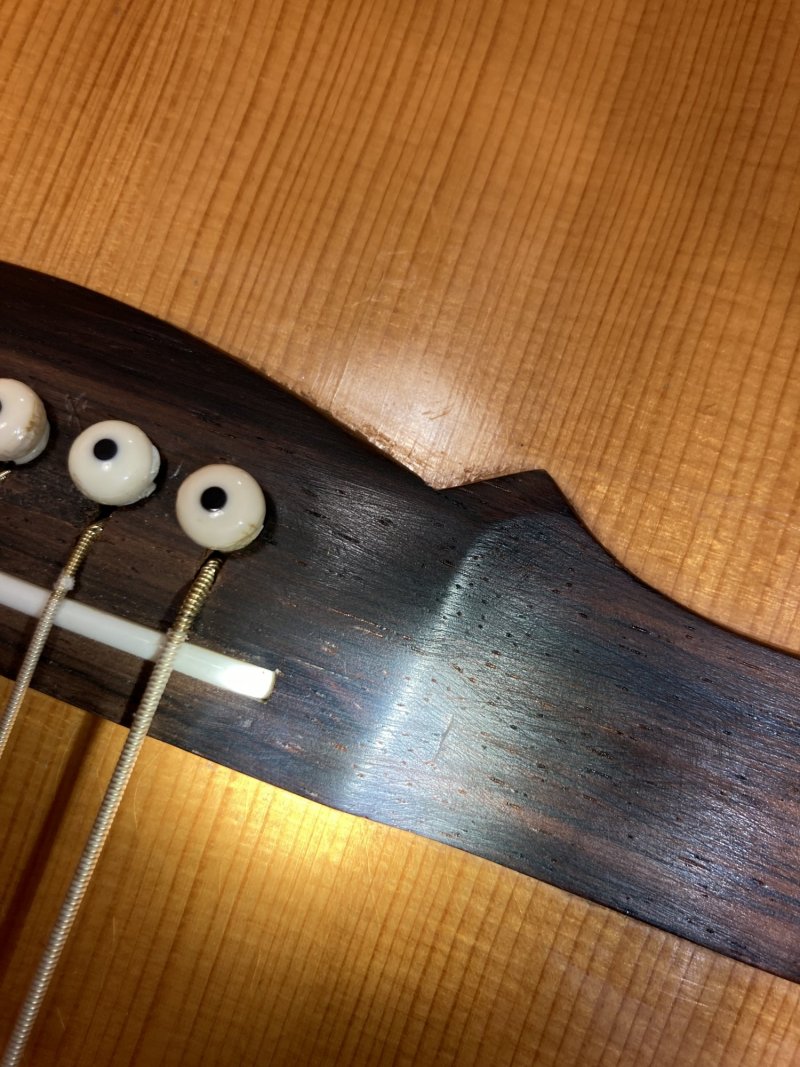ClydeTower
Member
Hi Guys,
Just picked up a 1967 Guild D-40. As I eagerly await its arrival, I've been researching its origins. The serial number is AJ2176, so that would indicate is was made in late 67. The label says it was made in Hoboken, but its come to my attention it could have been made in Westerly as they continued to use the Hoboken labels at the Westerly factory while they transfered production between 1966 and 1970.
Is there a way to definitely know at which factory it was built and would there be a difference in the build? Hoboken's are known to be lite builds were as Westerly's more hefty.
Thanks for your input!
Just picked up a 1967 Guild D-40. As I eagerly await its arrival, I've been researching its origins. The serial number is AJ2176, so that would indicate is was made in late 67. The label says it was made in Hoboken, but its come to my attention it could have been made in Westerly as they continued to use the Hoboken labels at the Westerly factory while they transfered production between 1966 and 1970.
Is there a way to definitely know at which factory it was built and would there be a difference in the build? Hoboken's are known to be lite builds were as Westerly's more hefty.
Thanks for your input!

Attachments
Last edited:





